Namibia

Your Namibian photo adventure of a lifetime begins in the Kgalagadi Transfrontier Park. The park runs north to south along an underground water source. Animals and birds live in and around the valley giving us plenty of opportunity to capture action filled photographs in great light.
Our camp is located right in the middle of the valley, where all the action happens. Lions, leopards, cheetahs, African wildcat, and caracal can be seen hunting, playing, and relaxing. I love seeing the meercats interacting and keeping watch. Owls, bee-eaters, secretary birds, and hornbills are among the common species found here.


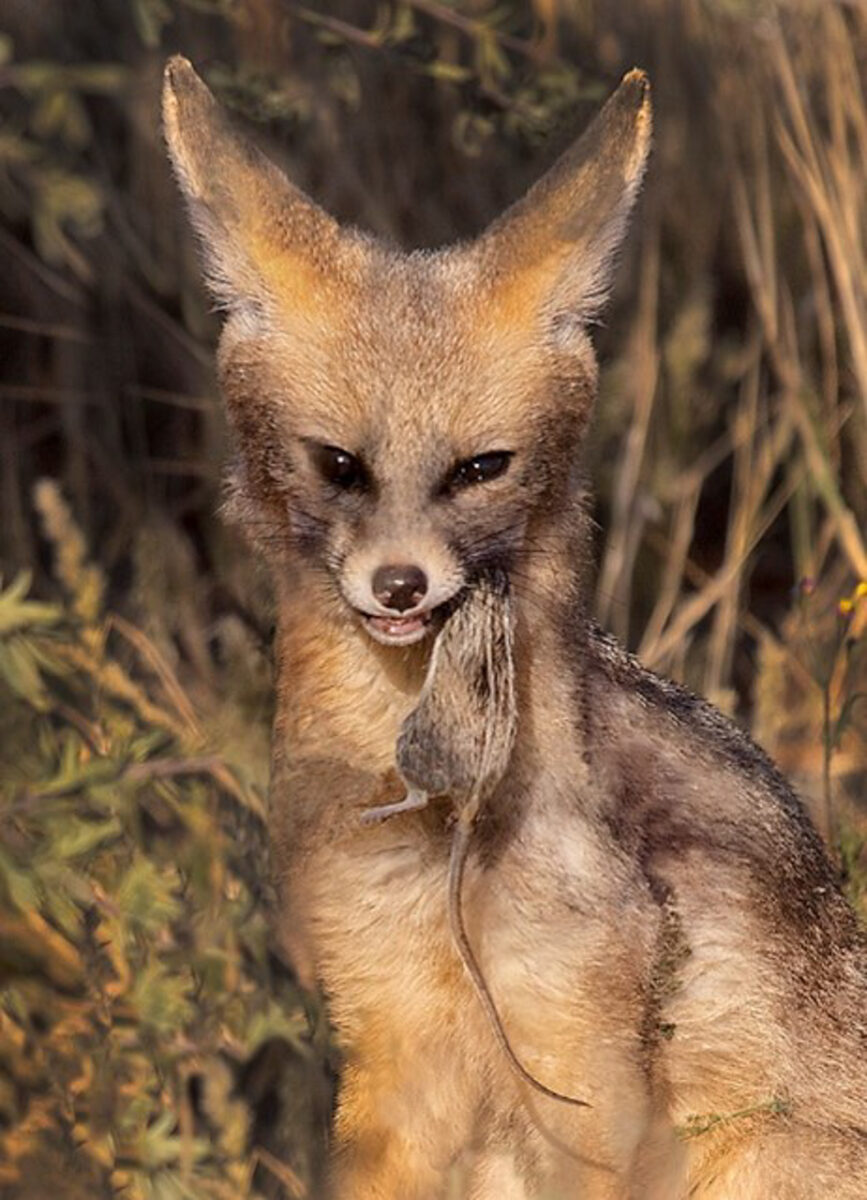



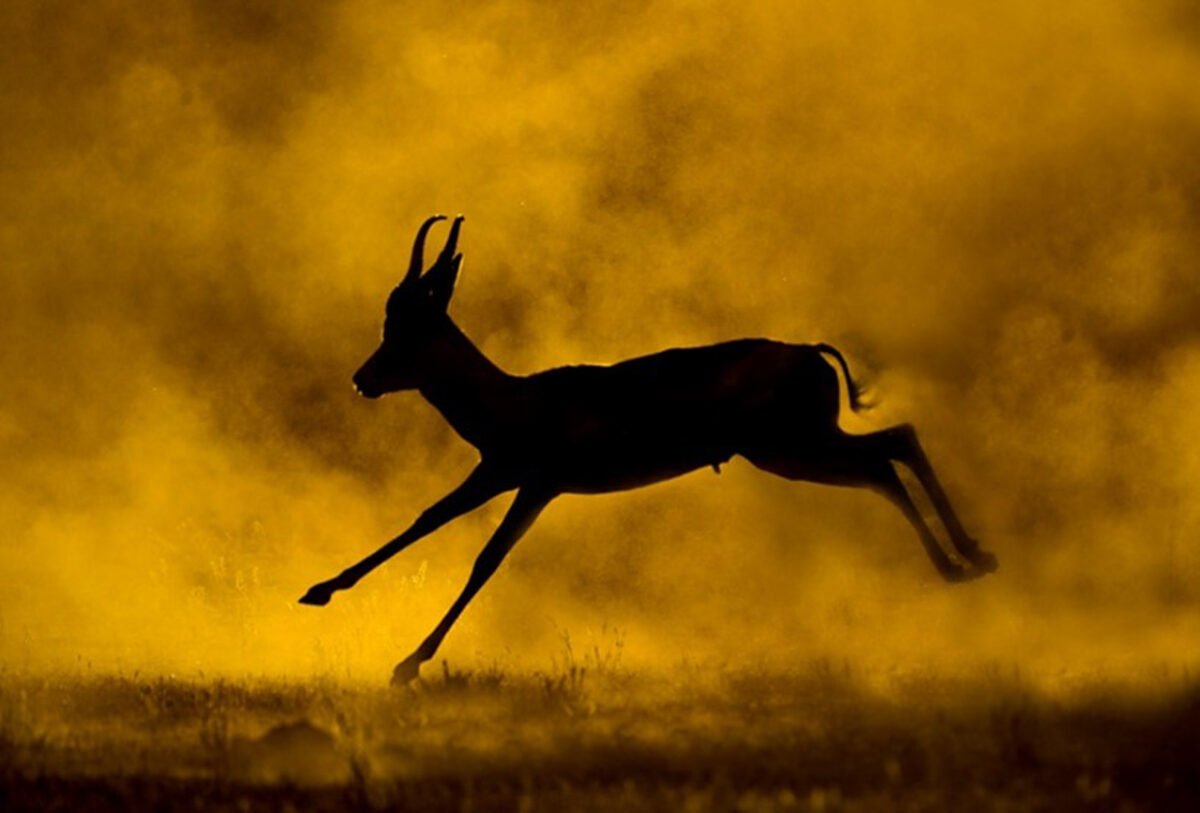
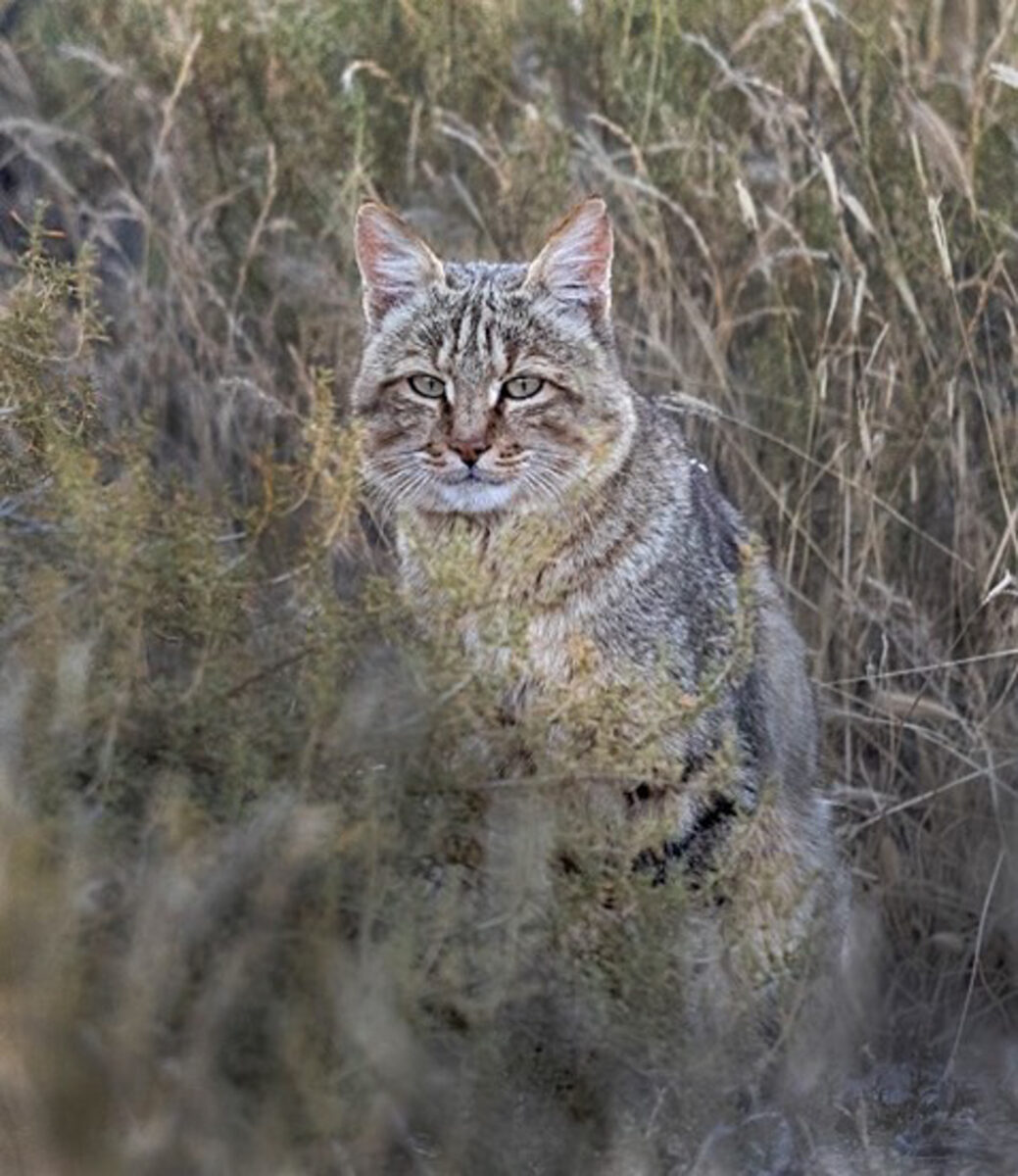
Our next stop is the unique Quiver Tree Forest and Giant’s Playground in Keetmanshoop. The landscape opportunities in these two areas are infinite! Sunrise is amazing! Dusk is equally beautiful, but the night sky filled with the Milky Way is a scene of unparalleled beauty.
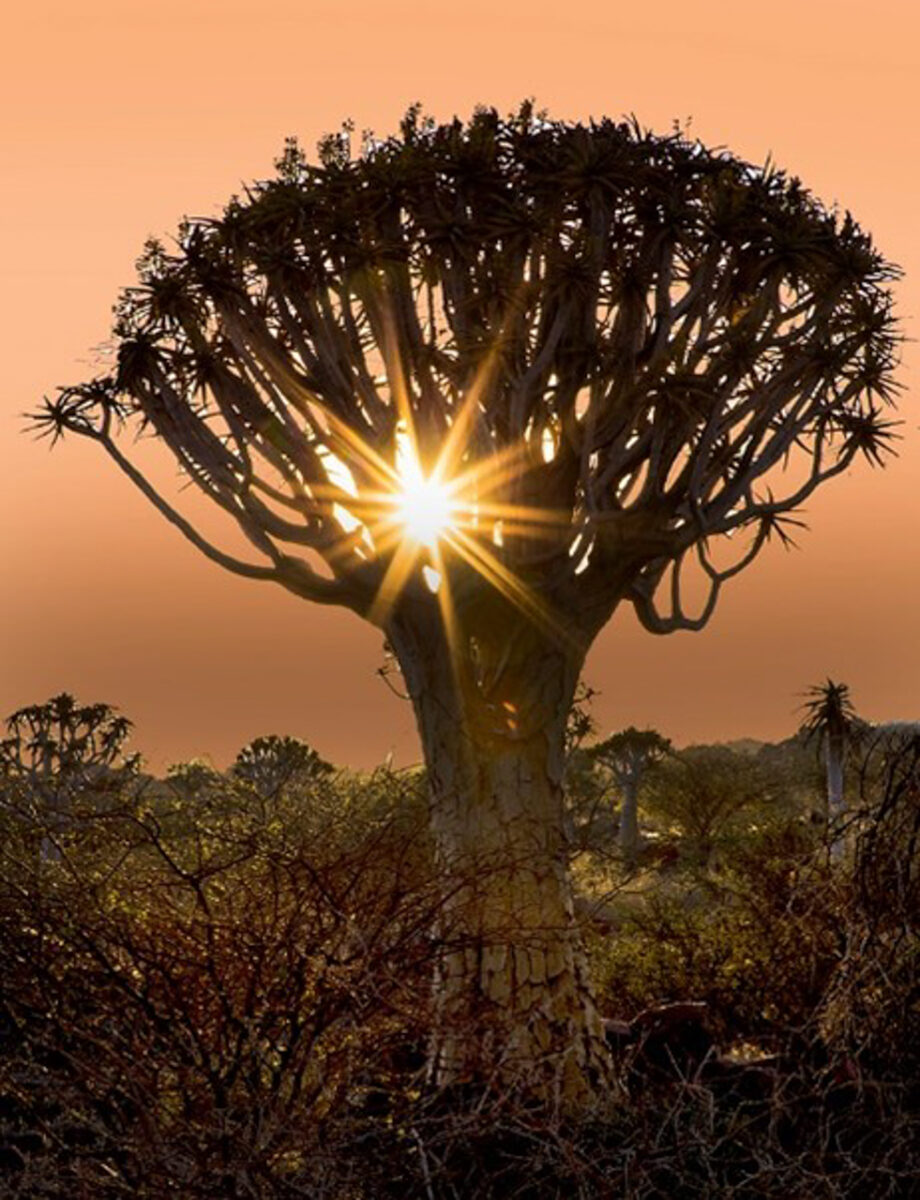



On to our beautiful lodge inside the park at Sosusvlei. Here we will drive through the park for views of the oldest sand dunes in the world. The winds from the Atlantic blow the runoff sands from the Orange River back to create the huge, deep red/orange dunes. Your guide will share the amazing natural history as you photograph from the vehicle on this unique drive. Keep track of your favorite dunes so you can stop and do further exploration on foot the next morning. I recommend a long lens for this drive as you are likely to see oryx, springbok, bat-eared fox and more. The long lens also creates compressed views of the fantastical, ever evolving shapes of the dunes.


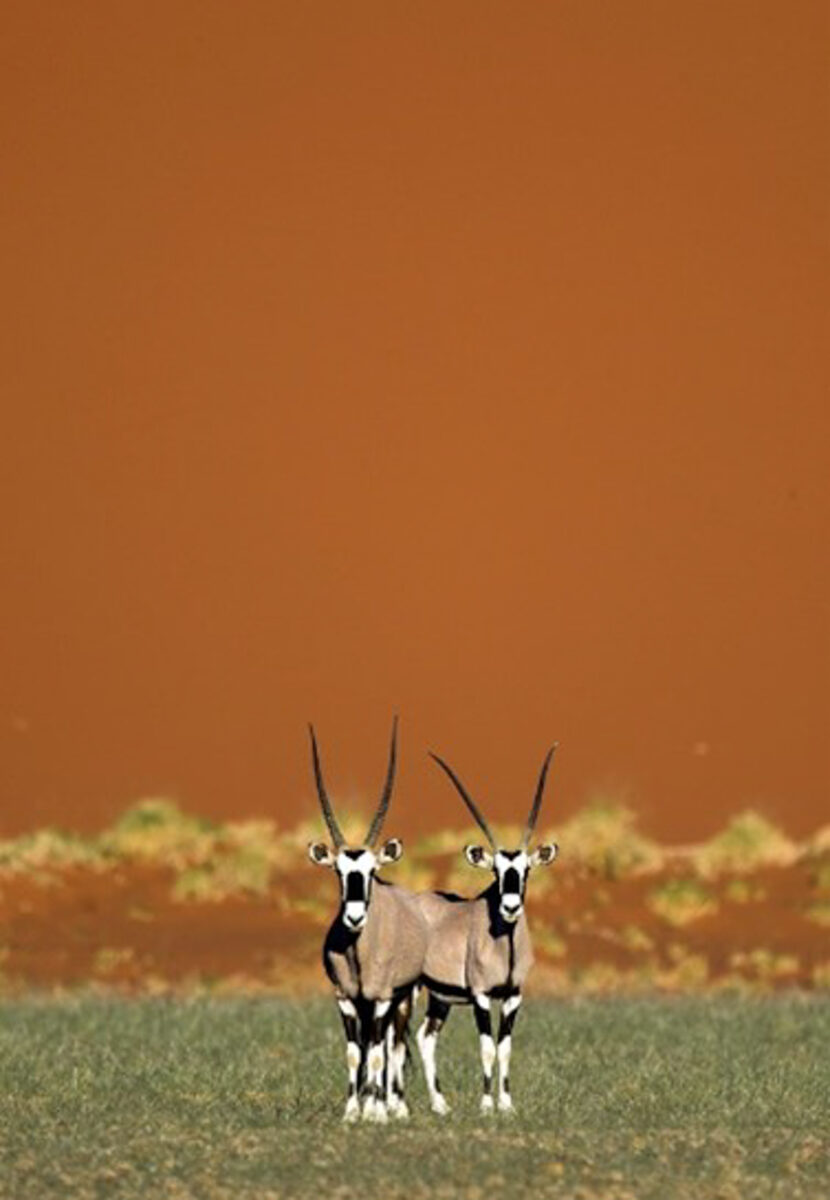
The next morning, we will travel out to the end of the dunes for a hike into Deadvlei. This area was a lake 900 years ago when its water source was cut off by moving dunes. The floor is fossilized salt, and the dead trees are ancient acacia trees. Our timing and light are crucial to capture the beauty of this location.

Our next destination is the Atlantic Coastal city of Swakopmund. Here we will have a chance to compare the red dunes with these, the largest dunes in the world. Fronting the Atlantic, the cream-colored dunes are home to amazing desert life including shovel nosed gecko, dancing white lady spider, sidewinder, and desert chameleon. Greater and lesser flamingos abound here with wonderful chances to photograph them in the dunes and ocean. There will be a morning shoot at the coastal salt pans for pied avocet, flamingos, and plovers.

Onward to Cape Cross. Keep your camera gear handy as there will be lots to see and photograph on the way! Cape Cross is on the wild Atlantis coast where roughly 200,000 cape fur seals live. Our lodge is three minutes from the colony making for easy access and loads of amazing action. The pups have just been born so there will be lots of interaction as they play and nurse. The red rocks are a great place for them to joust for dominance, and the huge waves make a great backdrop for family groups.


We will have another chance at the fur seals in different light with new behaviors before loading the vehicles for the drive to Twyfelfontein, a UNESCO World Heritage Site in Damaraland.

At Twyfelfontein, we will learn about and photograph dramatic 6000-year-old bushman art depicting lions, elephants, rhino, wildebeest, and even a penguin! We overnight in Damaraland at a spectacular desert lodge.
Our next stop is Etosha National Park where wildlife abounds. There are three outposts in this area that were established in the early 1900s. They have since become beautiful lodges, each with their own watering holes where it is possible to see elephants, kudu, giraffe, oryx, rhino, zebra and more at any time of the day or night! Game drives in the surrounding bush are fantastic for all these animals and more. Sunrise and sunset are always spectacular due to the arid environment and the air qualities.
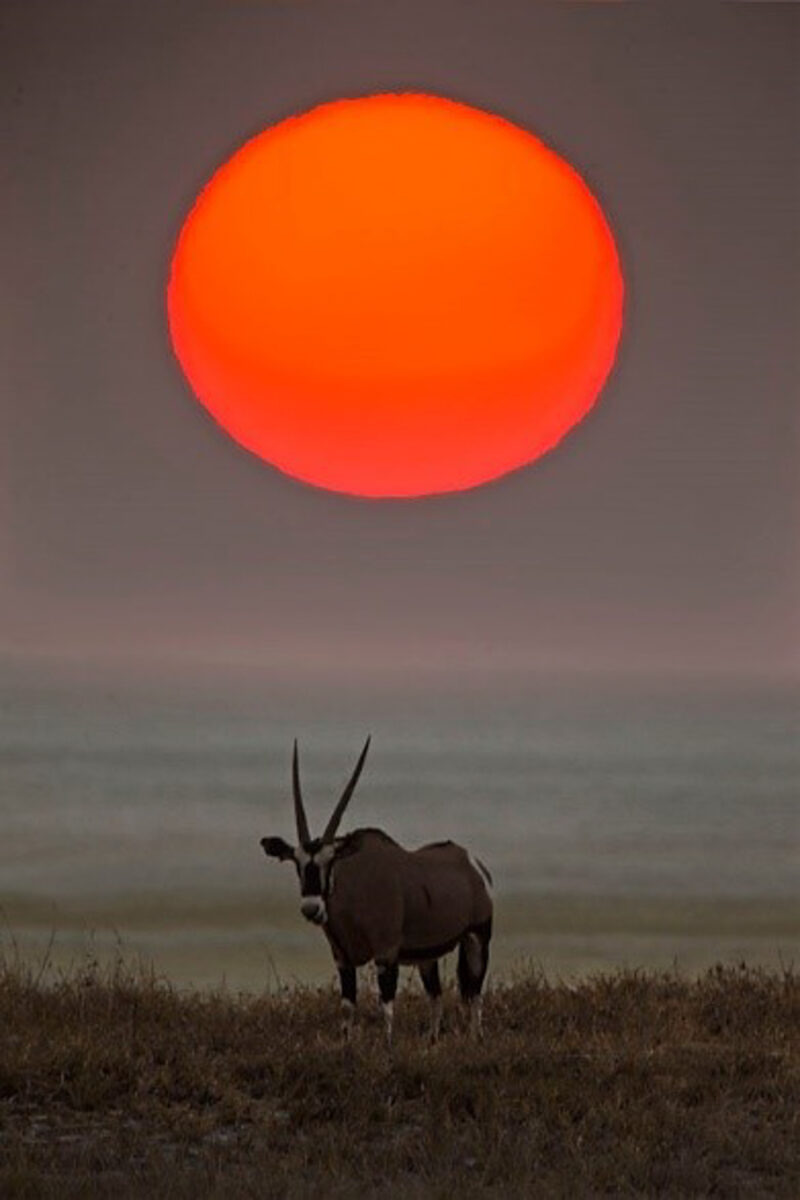

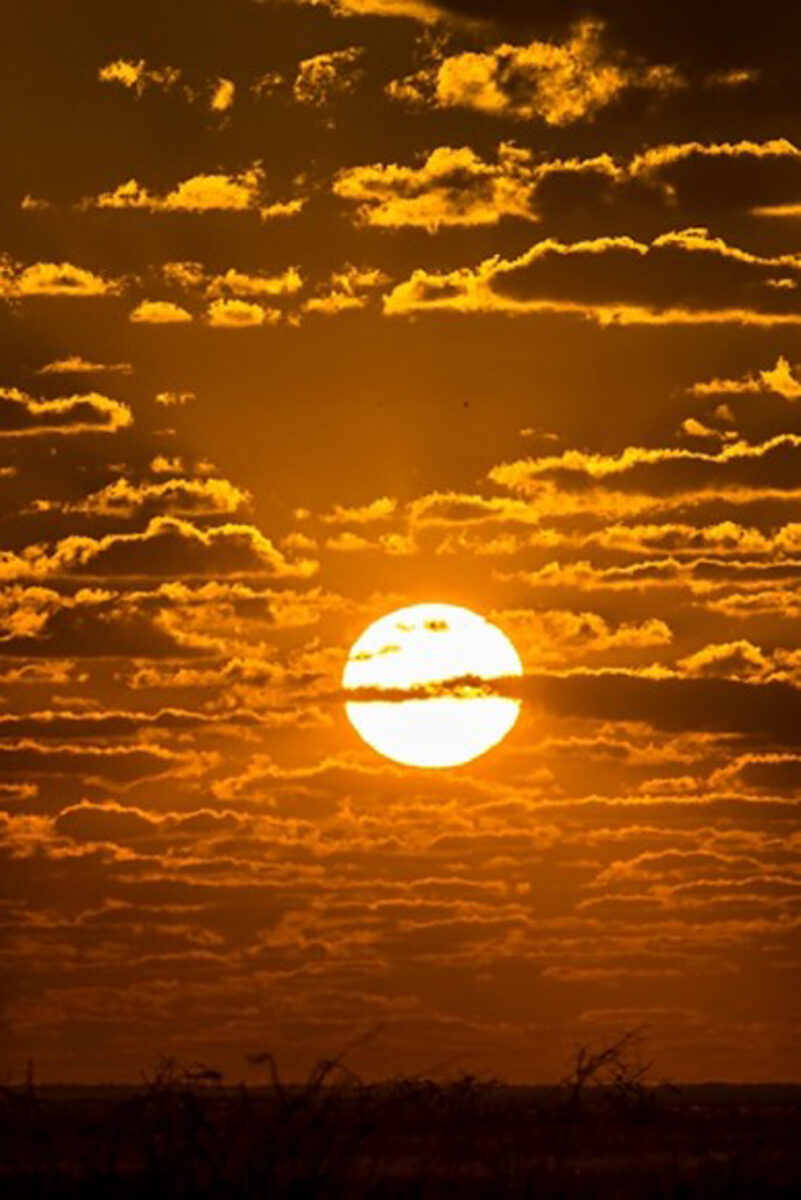
While in Etosha, we will also visit the Central Pan, one of the most remarkable places on Earth.
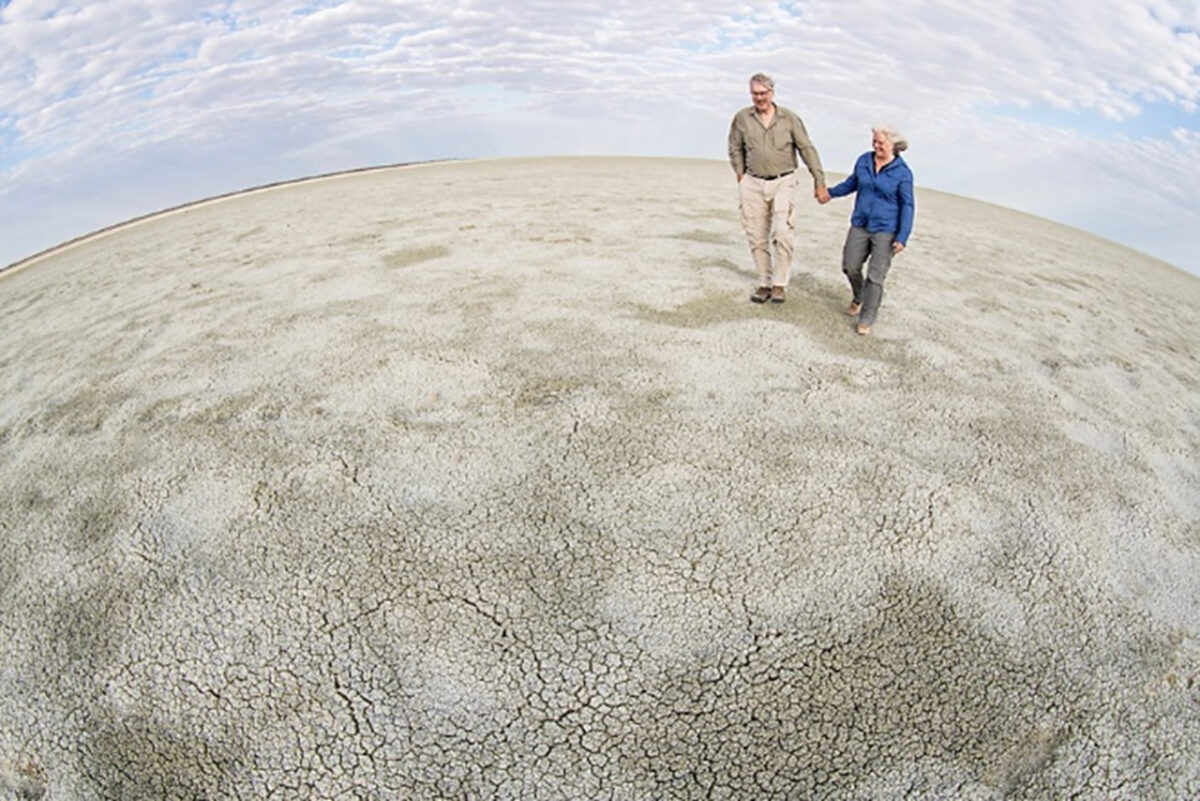
We will have game drives in the morning and evening, when the wildlife is active, and the light is at its best for photography.

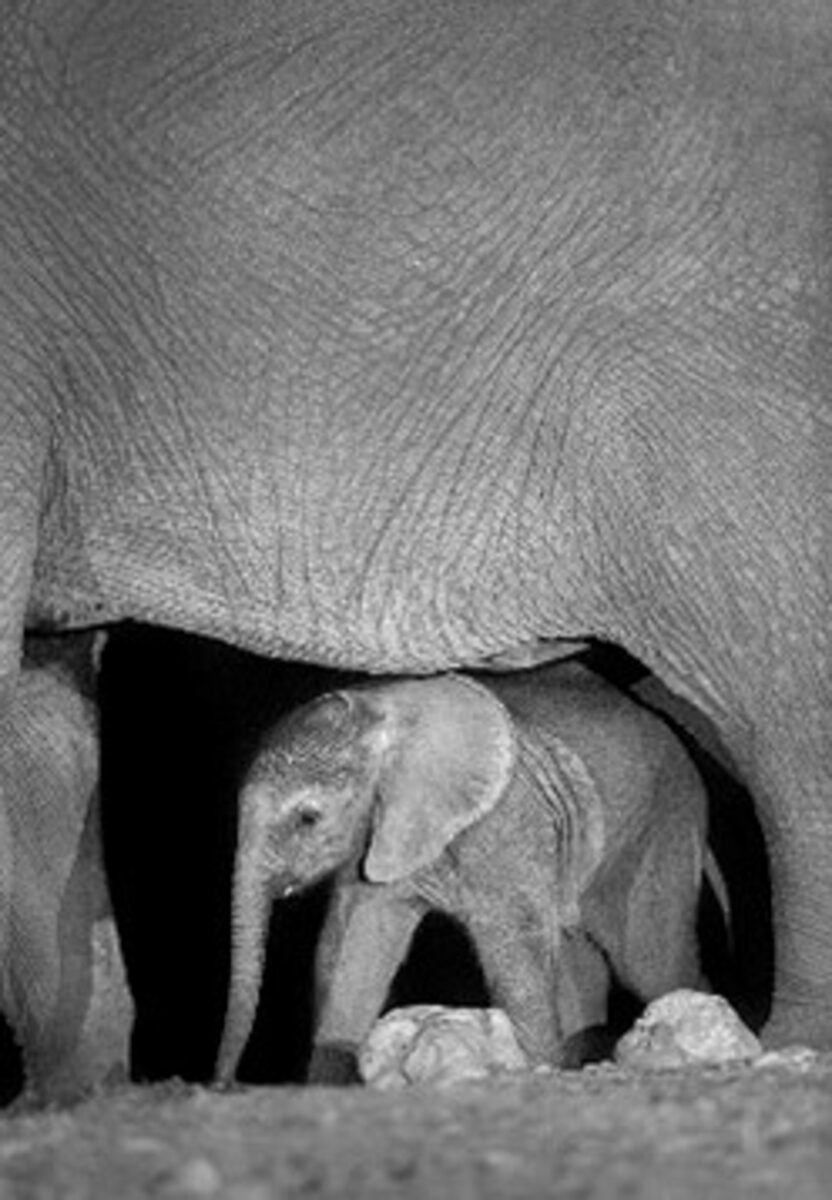
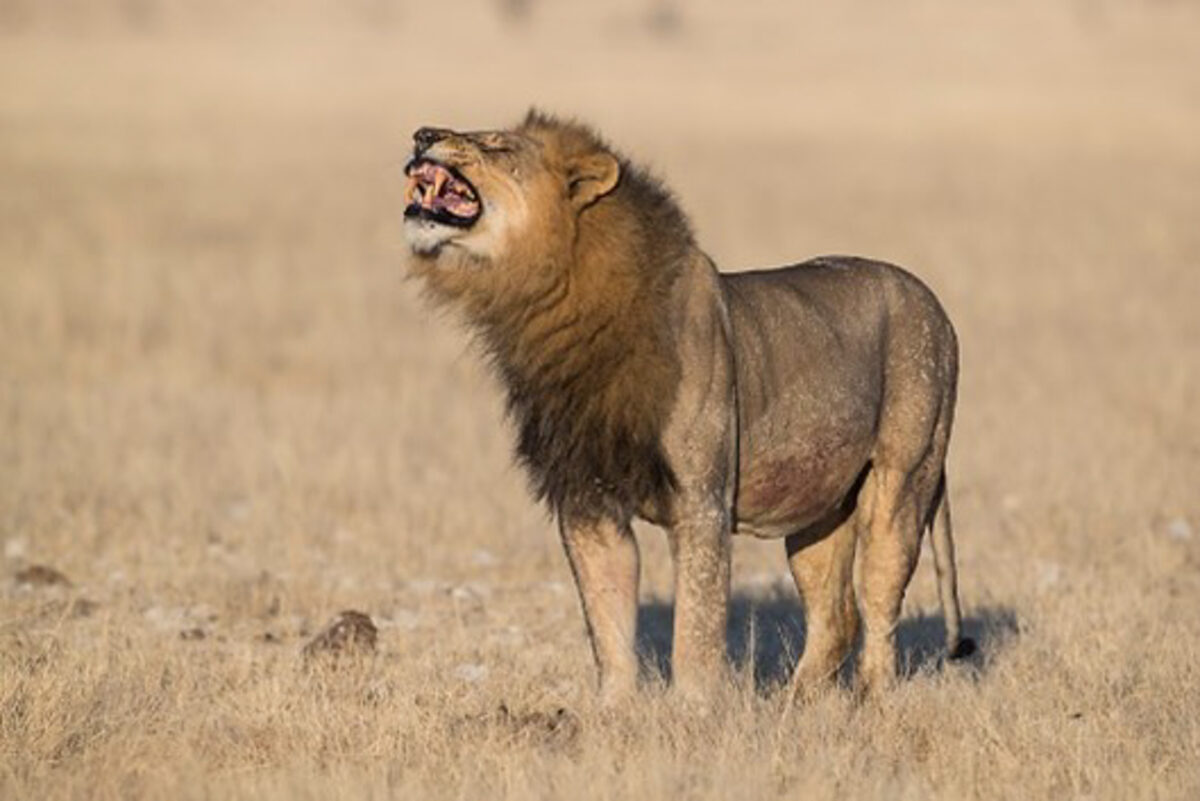
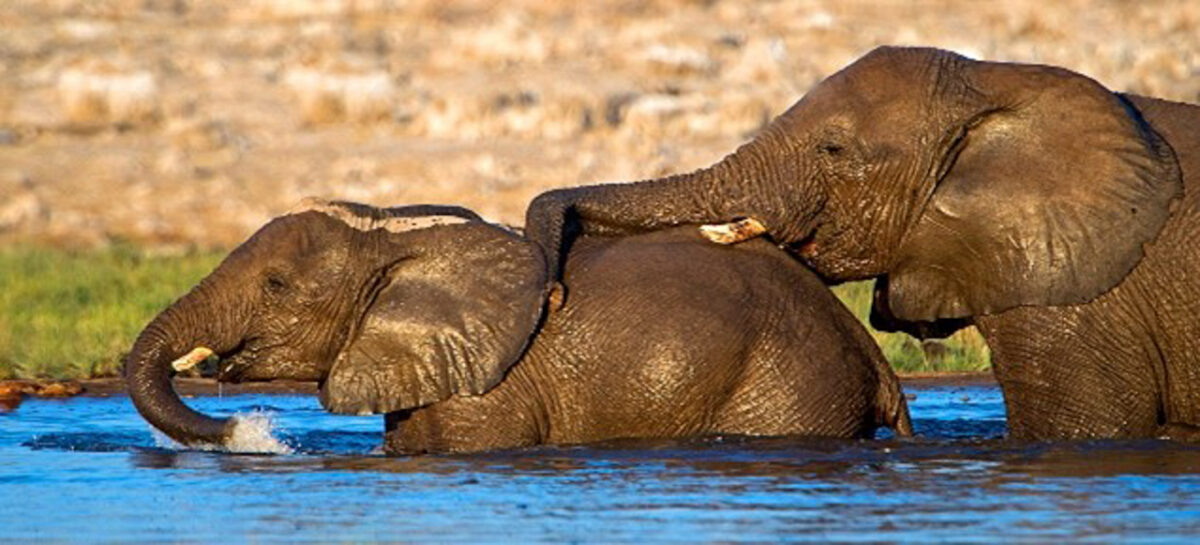
Our final stop on this adventure will be a conservation area that specializes in lions, leopards, cheetahs, and the rare pangolin! Some of the animals we will see are marked for research purposes, but most are not. The pangolins are an amazing sight!!
